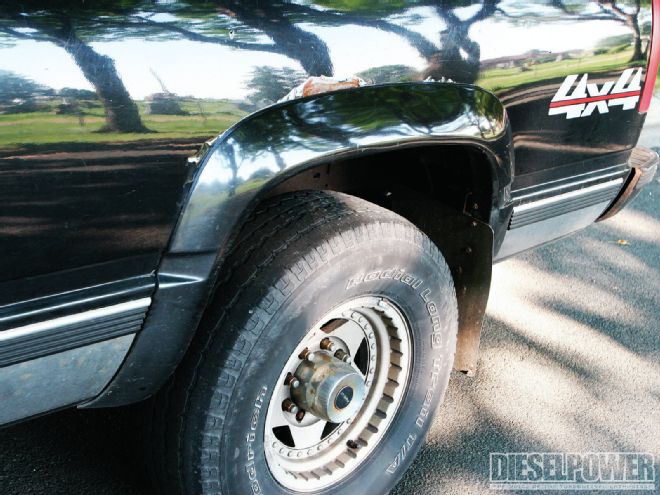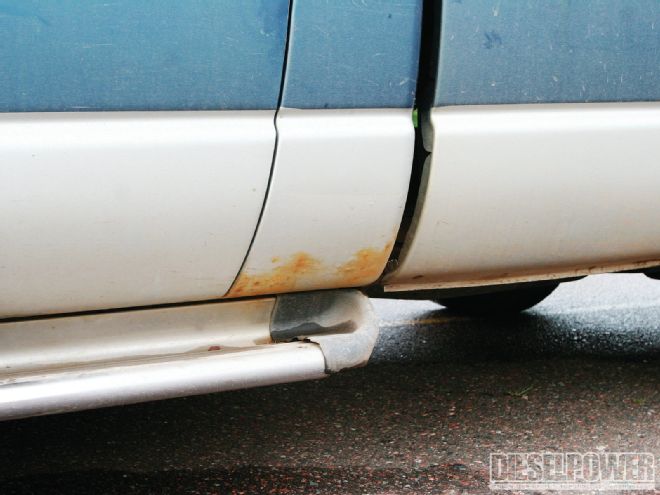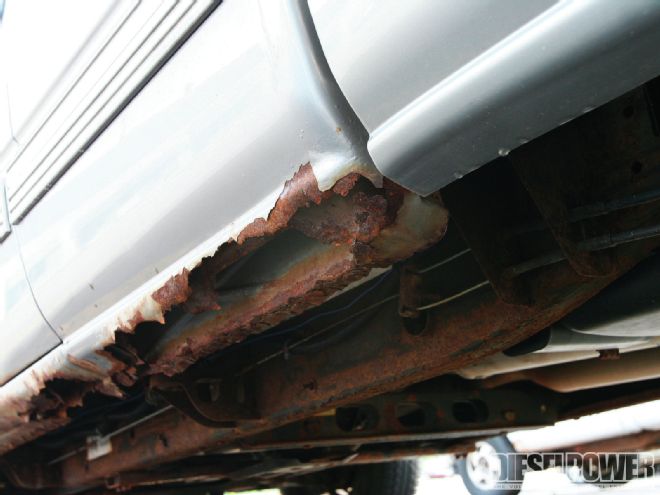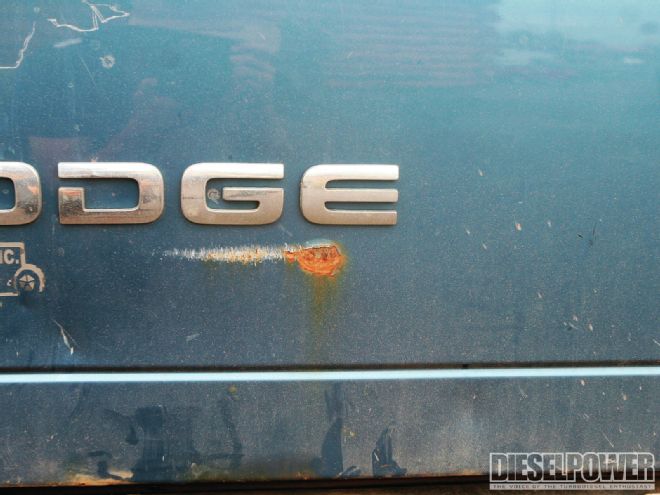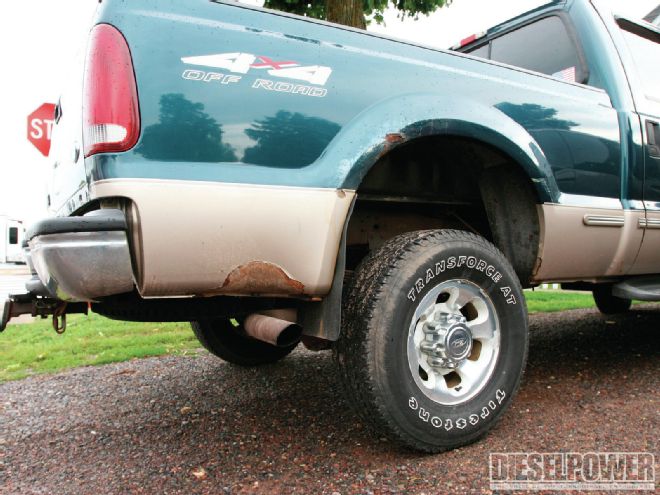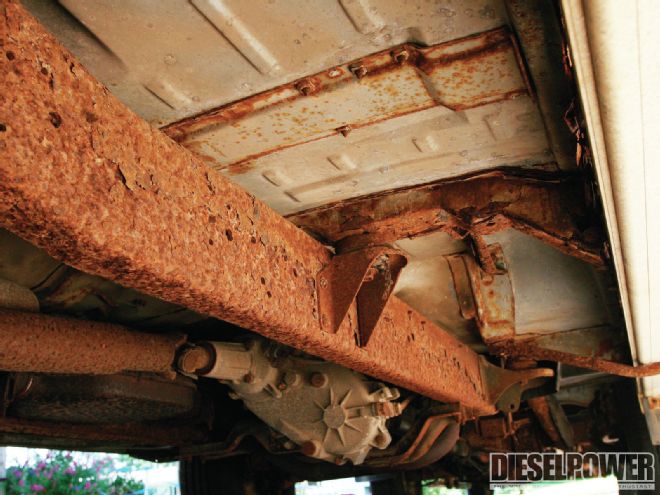How-To: Stop Rust From Destroying Your Diesel
Rust. It’s the most destructive thing that can happen to your diesel vehicle. In order to stop it, you have to learn to think like it. Rust’s technical name is iron oxide, as rust occurs when iron and oxygen react together to form the reddish, flaky corrosion we all dread. Unlike aluminum oxidation, in which the surface layer corrodes to form a layer of protection that seals the base metal from being exposed to more oxygen, iron oxide never stops. Our diesels’ steel bodies and frames will rot all the way through to the core—unless we do something to stop it.

| rust Busting rusty Bottom Of Door
What Makes Steel Rust Fast?
We typically associate rusty vehicles with the Midwest and New England. These are the areas where humidity, heat, rain, and snow are common. We call these parts of the country the Rust Belt. The areas also feature a lot of gravel roads, which tend to chip paint and remove undercoats from vehicles—exposing the base metal to oxygen. Plus, the states in the Rust Belt tend to use salt and other chemicals to keep the streets from getting too slick in the winter, and these chemicals tend to speed up oxidation.
The Rust Belt also experiences rapid temperature changes. The extreme cold actually slows the cancer-like reaction, while the spring and summer heat speed the rust process up. We’ll look at case studies of some of the worst rusty vehicles to see what we can learn from the carnage. If you live in the dry desert, you can skip this article, but you might want to take a peek—it’ll make you more appreciative of your clean metal.
